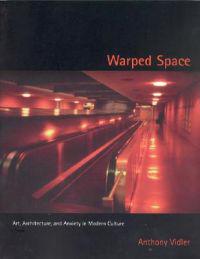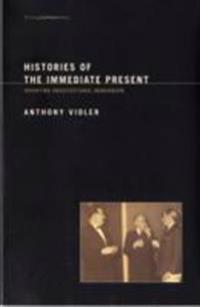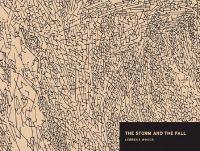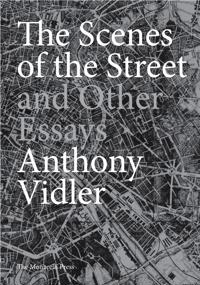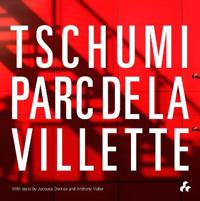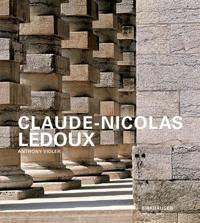The Architectural Uncanny (Häftad)
avAnthony Vidler
ISBN: 9780262720182 - UTGIVEN: 199405The Architectural Uncanny presents an engaging and original series of meditations on issues and figures that are at the heart of the most pressing debates surrounding architecture today. Anthony Vidler interprets contemporary buildings and projects in light of the resurgent interest in the uncanny a[...]
Warped Space (Pocket)
avAnthony Vidler
ISBN: 9780262720410 - UTGIVEN: 2002-03Beginning with agoraphobia and claustrophobia in the late nineteenth century, followed by shell shock and panic fear after World War I, phobias and anxiety came to be seen as the mental condition of modern life. They became incorporated into the media and arts, in particular the spatial arts of arch[...]
Histories of the Immediate Present (Häftad)
avAnthony Vidler
ISBN: 9780262720519 - UTGIVEN: 2008-05Architecture, at least since the beginning of the twentieth century, has suspended historical references in favor of universalized abstraction. In the decades after the Second World War, when architectural historians began to assess the legacy of the avant-gardes in order to construct a coherent nar[...]
The Storm and the Fall (Inbunden)
avLebbeus Woods, Anthony Vidler, Paul Virilio
ISBN: 9781568984216 - UTGIVEN: 200402By any measure, Lebbeus Woods is one of the most original architects working today. His body of theoretical work focuses on buildings of crisis, whether marred by major earthquakes, suffering the effects of economic embargo, or damaged by war. Since the destruction of the World Trade Center, his des[...]
The Scenes of the Street and Other Essays (Inbunden)
avAnthony Vidler
ISBN: 9781580932707 - UTGIVEN: 2010-05Tschumi Parc De La Villette (Pocket)
avBernard Tschumi, Jacques Derrida, Anthony Vidler
ISBN: 9781908967435 - UTGIVEN: 2014-07Tschumi Parc de la Villette is the first publication to document comprehensively Bernard Tschumi's first, and arguably still most celebrated project. With new and republished writing including a text by Bernard Tschumi and Anthony Vidler's "Trick-Track" originally published in 1986, alongside a newl[...]
Claude-Nicolas Ledoux (Inbunden)
avAnthony Vidler
ISBN: 9783764374846 - UTGIVEN: 2006-05Gut lesbare Darstellung des Wegbereiters der Moderne. Claude-Nicolas Ledoux (1736 1806) ist der -kuhnste und extremste- (Nikolaus Pevsner) franzosische Revolutionsarchitekt. Seine beruhmten Zoll- und Wachhauser sind jedem kulturinteressierten Parisreisenden prasent, und auch der Fernsehfilm uber die[...]


